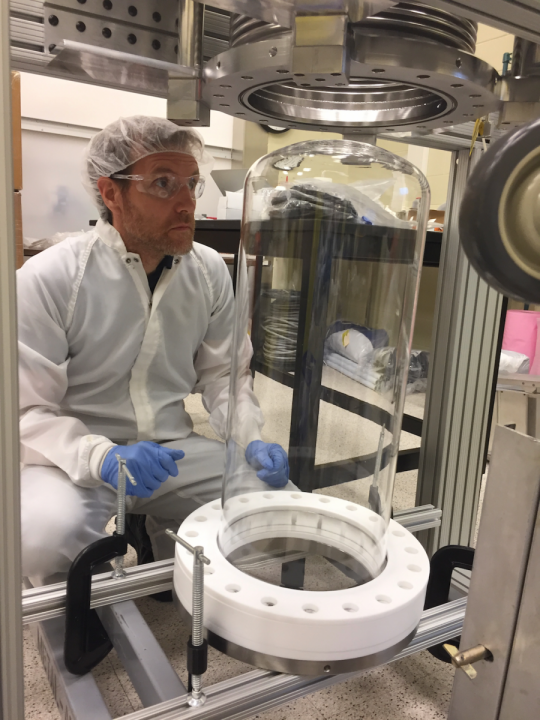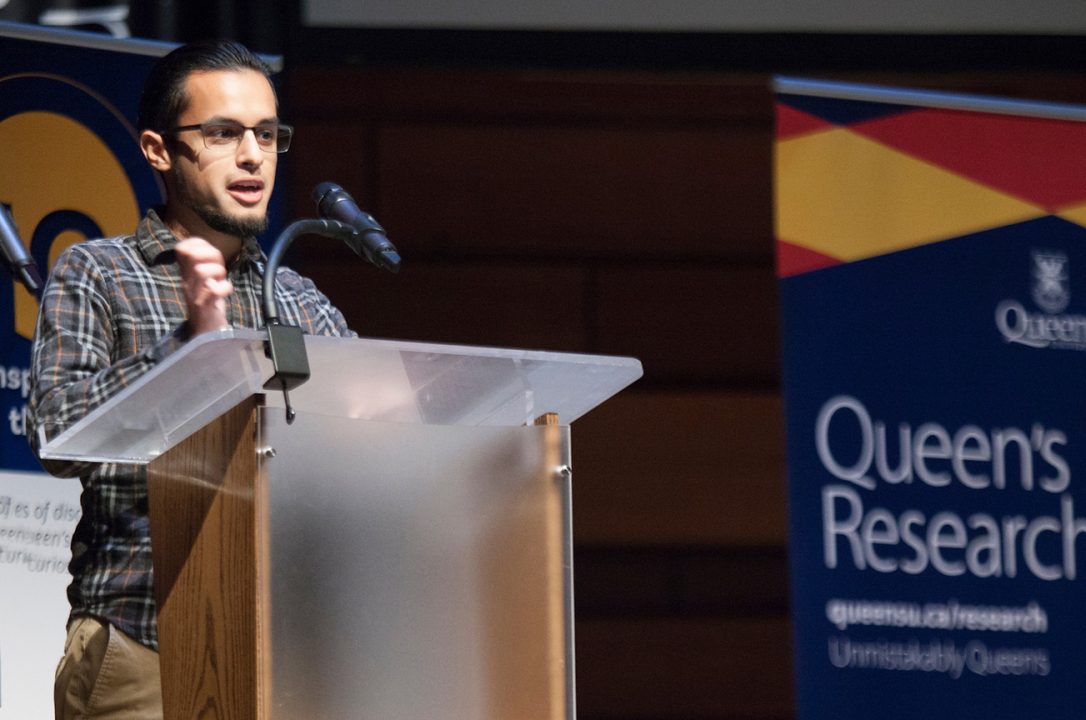Ken Clark
Queen's University
Associate Professor - Particle Astrophysics
After completing his PhD at Queen’s University, Ken completed several postdocs in the US and the UK, working on the CDMS and LUX dark matter experiments and the SNO+ and IceCube neutrino detectors. He then worked at the University of Toronto and SNOLAB before returning to Queen’s to join the McDonald Institute, where he is also a joint appointee at TRIUMF.
Currently Ken spends the bulk of his time working as part of the PICO collaboration – he is responsible for the construction and commissioning of PICO 40L, and is taking on much of the planning for the next generation PICO 500 detector. He’s also the part of the IceCube collaboration, currently the leading indirect detection experiment. Ken is working as the analysis coordinator for the IceCube upgrade, and will be in charge of physics parameters for the experiment’s next generation.
In joining the McDonald Institute, he’s excited to be working with people who are all leaders in astroparticle physics, particularly because it brings together faculty working in so many areas of this diverse field.
Contact Information:
Room 304I, Stirling Hall
Queen’s University,
Kingston, ON, K7L 3N6, Canada.
Phone: 613-533-6000 ext. 79203
email: kjc5@queensu.ca

Q&A With Prof. Clark
What are your research interests?
The unifying goal of my research is to understand the universe at the most fundamental level, an objective which is perhaps overly ambitious but certainly challenging. I currently am a collaborator on the PICO experiment which is located at SNOLAB and searching for dark matter. PICO currently leads the world in sensitivity to dark matter colliding with the proton in a spin-dependent interaction. I also work with the IceCube collaboration studying low-energy neutrinos at the South Pole and am particularly invested in the proposed PINGU sub-detector which will increase our sensitivity to potential dark matter interactions.\
Who do you collaborate with?
Internal to Queen’s I collaborate with Tony Noble and Guillaume Giroux on PICO work. One main collaborator outside of Queen’s is the University of Alberta and Carsten Krauss. This is primarily in PICO but Carsten is also on IceCube. For my new project, the main collaborator is Eric Dahl at Northwestern and Fermilab.
How would you describe your work at the most basic level?
“I use detectors to search for the unknown in the universe. With some, I am trying to find dark matter, which we know exists but nobody has detected yet. With some I am studying neutrinos, trying to determine more about these elusive particles.”
Why did you choose physics?
“There are many aspects of the universe that we just can’t explain with our current understanding of physics. That bothers me on a fundamental level. Physics is the quest to understand the universe as a whole, and studying it is the way to answer these fundamental questions.”
How does your joint appointment at TRIUMF impact your work?
“TRIUMF is a centre for not only accelerator physics in Canada but also for developing new technologies. As my research involves working at the leading edge of detector creation, the resources available are invaluable. The connections between universities and the national labs are vital to staying up to date with the newest technologies.”
Something that might surprise your students?
“I once had a long ponytail and worked in a record store (which is where people used to buy CDs).”
Publications:
“Dark Matter Search Results from the PICO-60 C3F8 Bubble Chamber”, The PICO collaboration, Phys. Rev. Lett 118, 251301
“Improved dark matter search results from PICO-2L Run 2”, The PICO collaboration, Phys. Rev. D 93, 061101
“PINGU: a vision for neutrino and particle physics at the South Pole”, The IceCube Collaboration, J. Phys. G 44, 5
“Multimessenger observations of a flaring blazar coincident with high-energy neutrino IceCube-170922A”, The IceCube collaboration, Fermi-LAT, MAGIC, AGILE, ASAS-SN, HAWC, H.E.S.S., INTEGRAL, Kanata, Kiso, Kapteyn, Liverpool Telescope, Subaru, Swift/NuSTAR, VERITAS, VLA/17B-403 teams, ,Science 361, eaat1378
“Measurement of the Multi-TeV Neutrino Cross Section with IceCube Using Earth Absorption”, The IceCube Collaboration, Nature 551, 596-600

